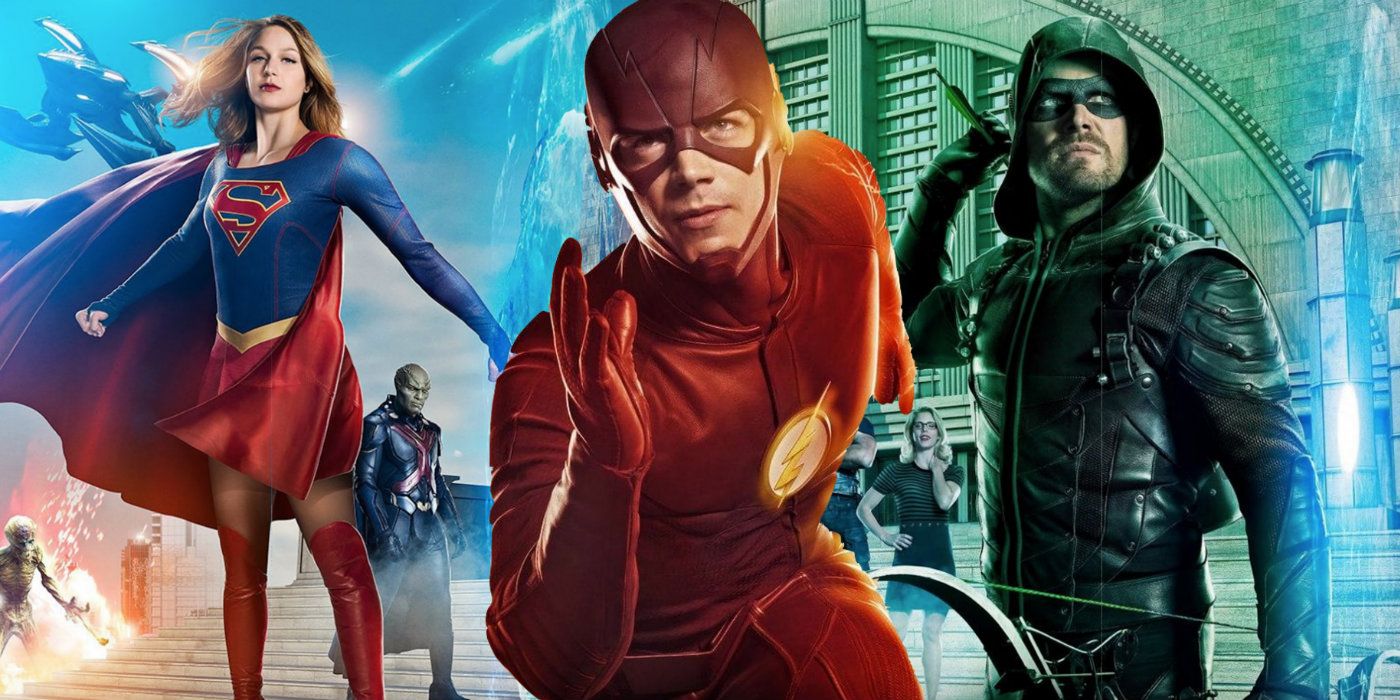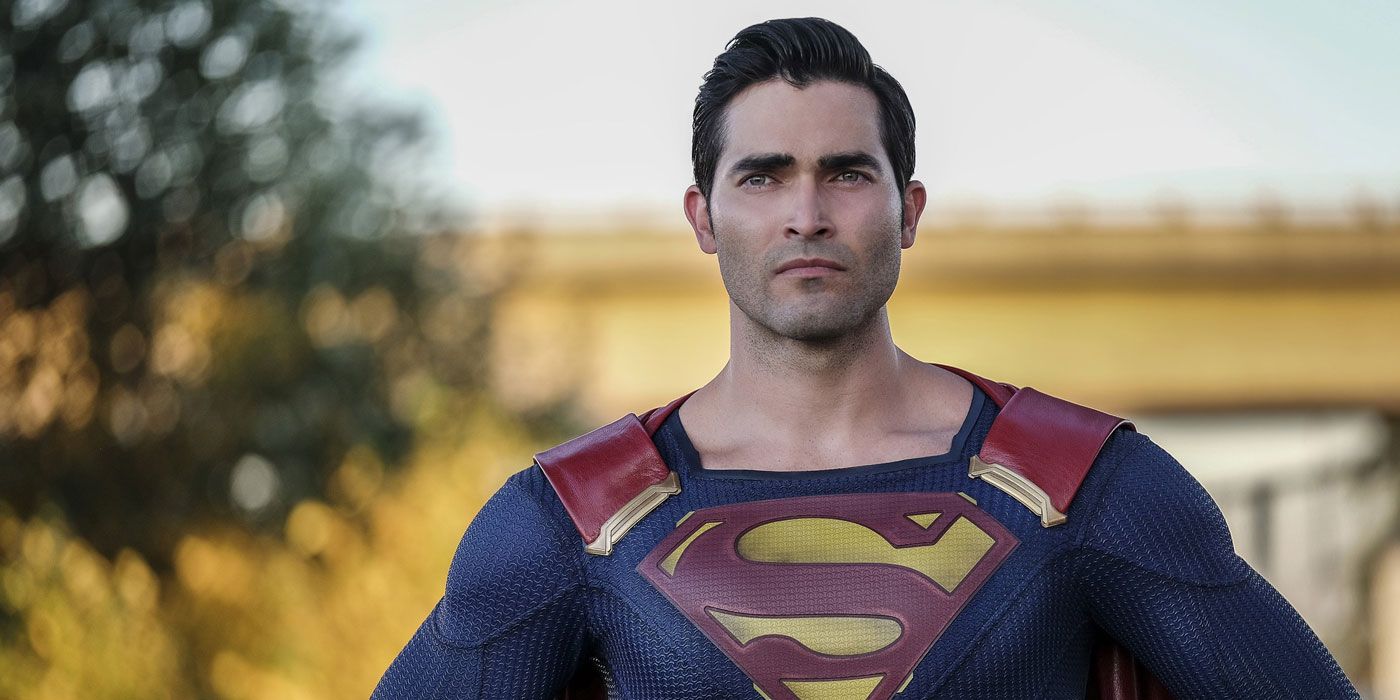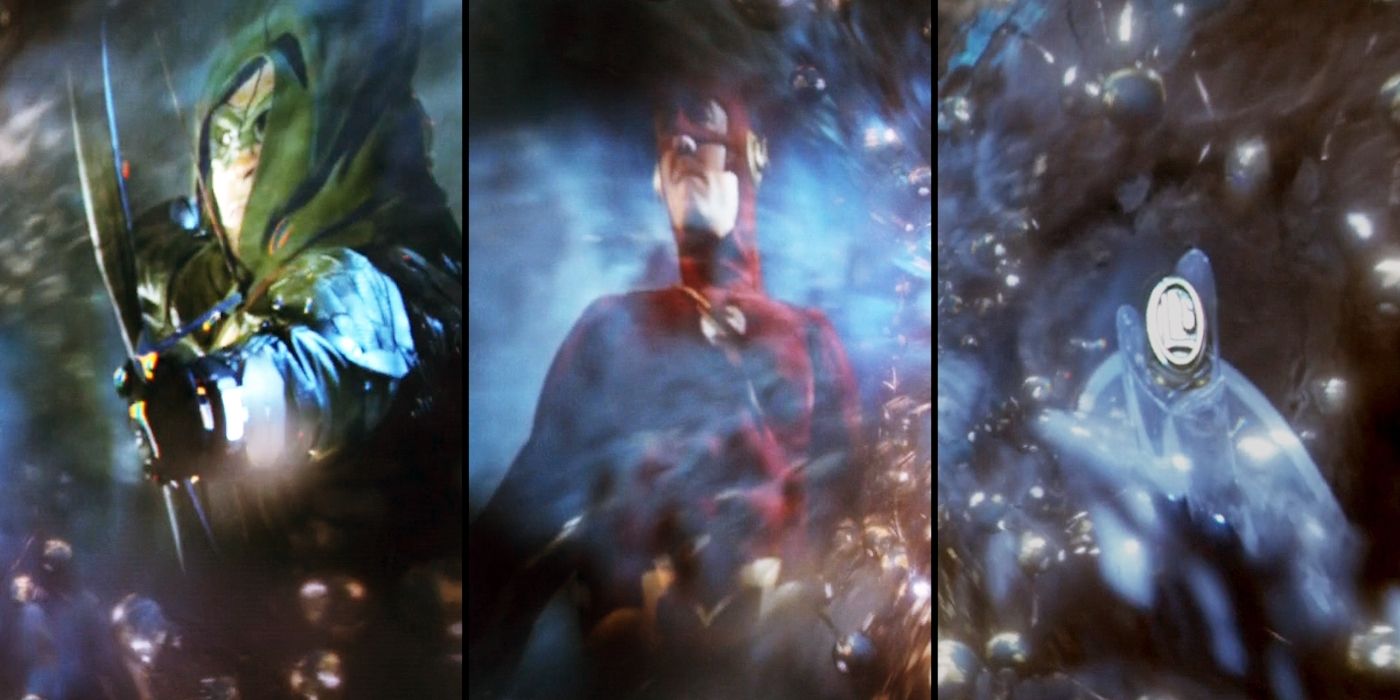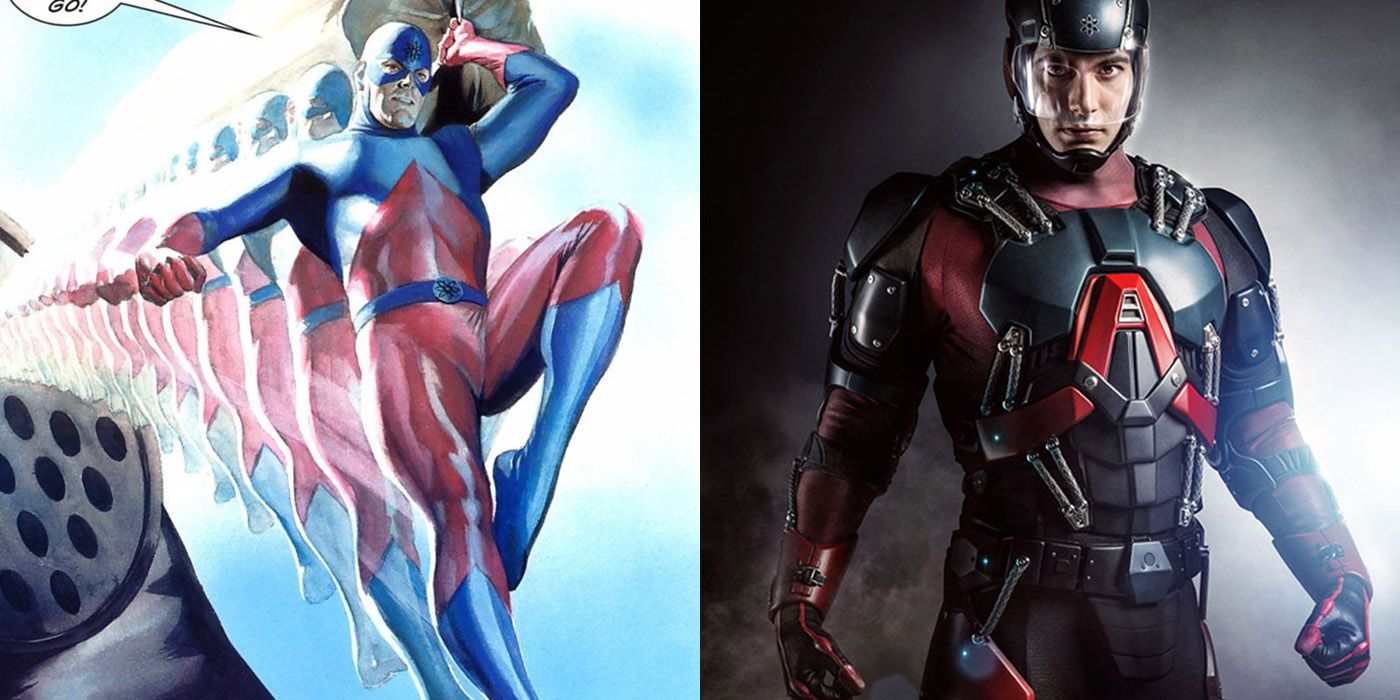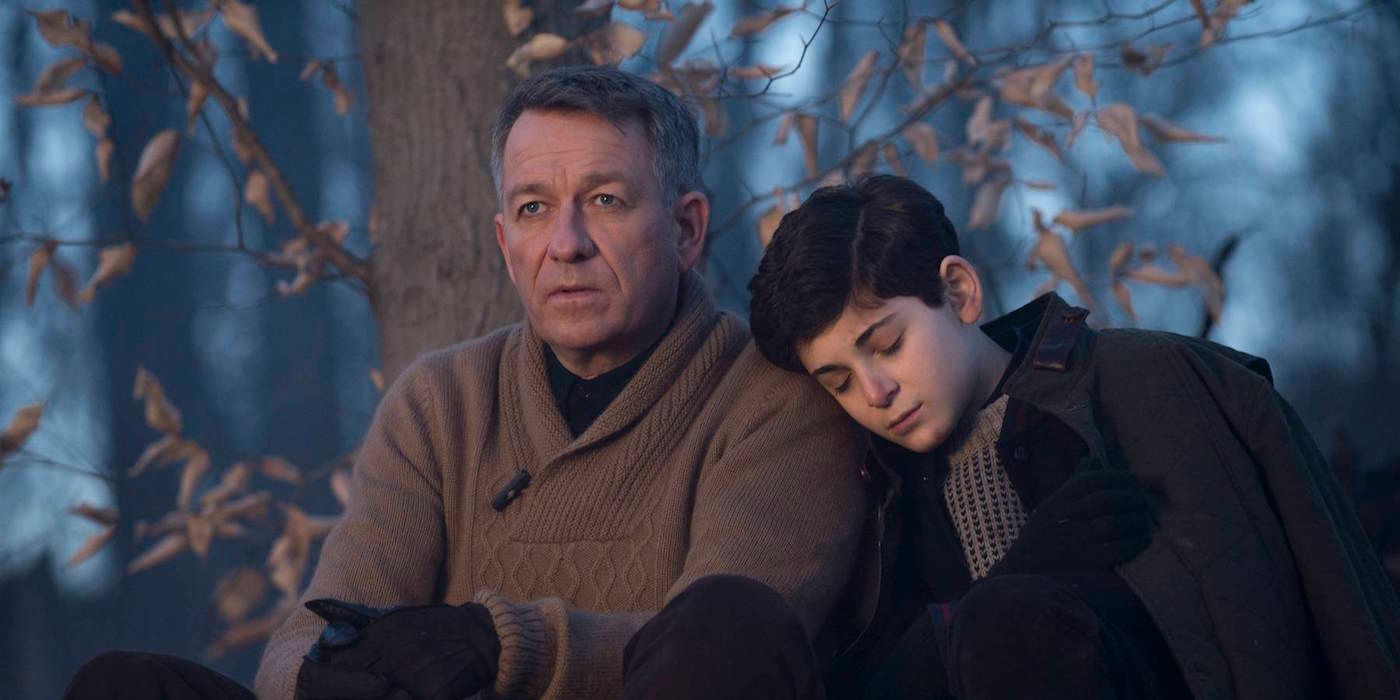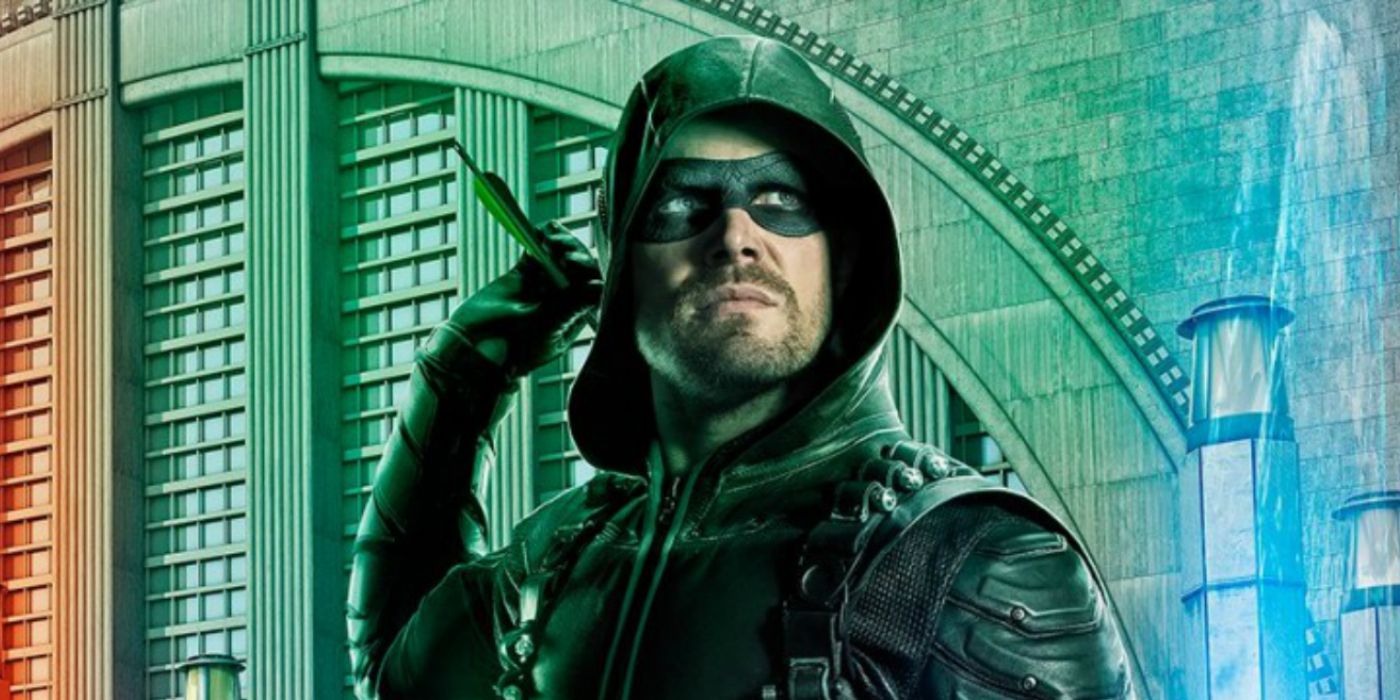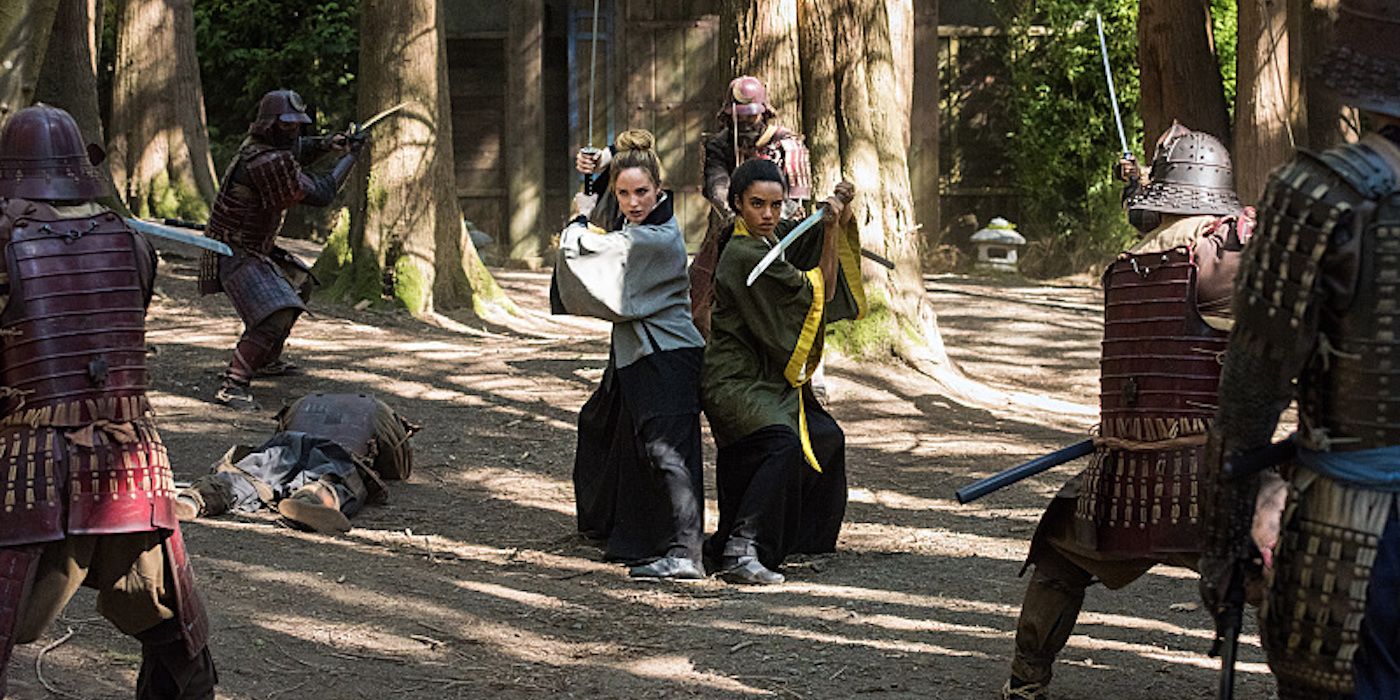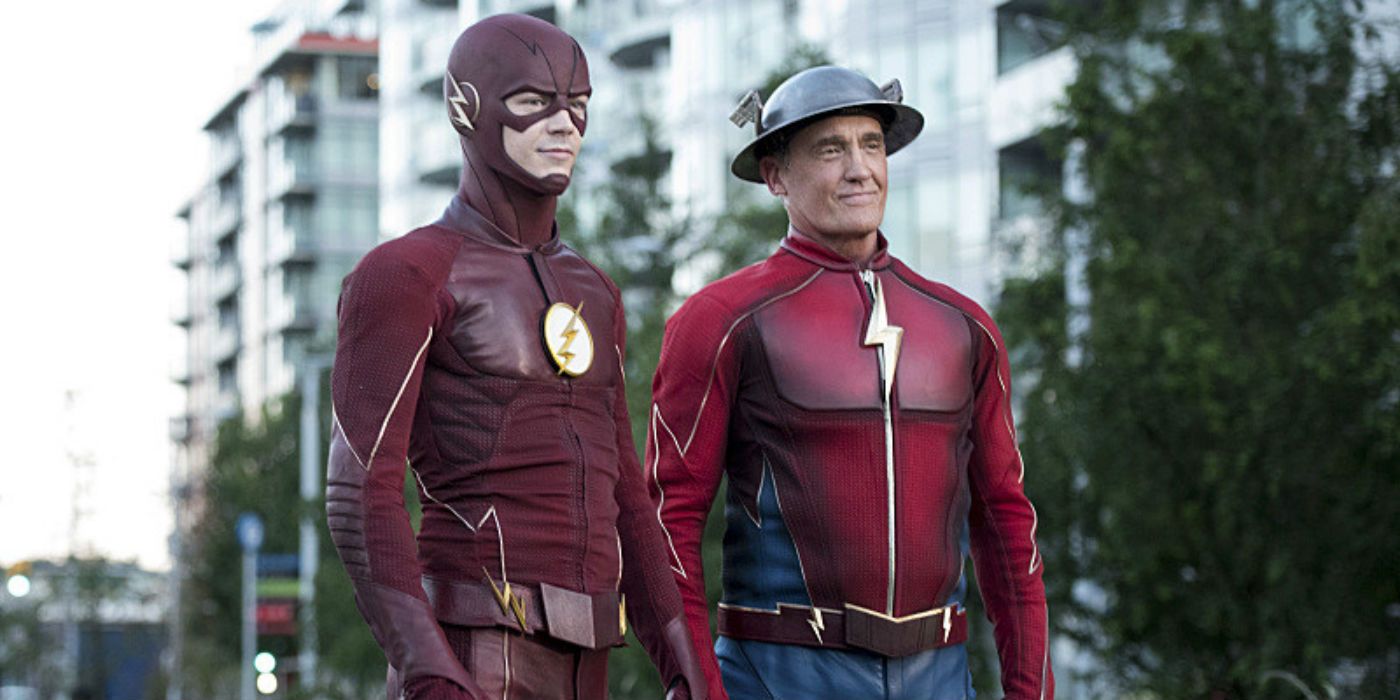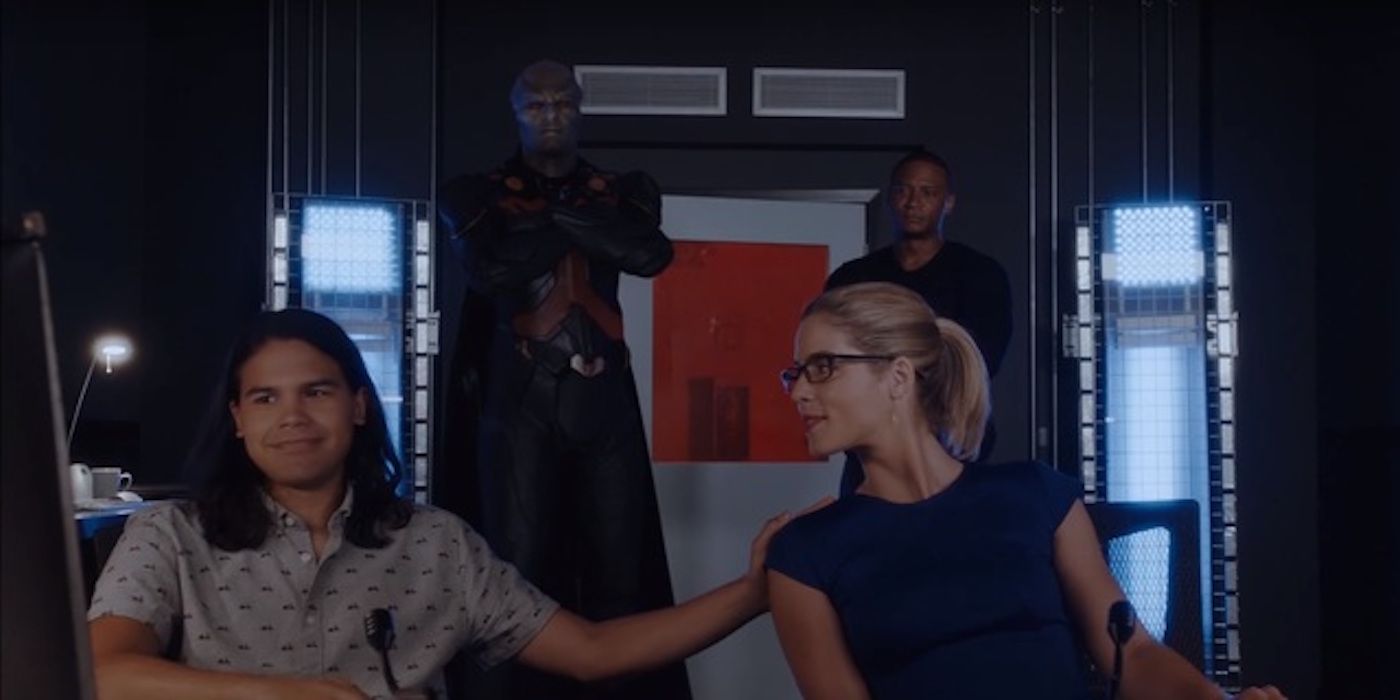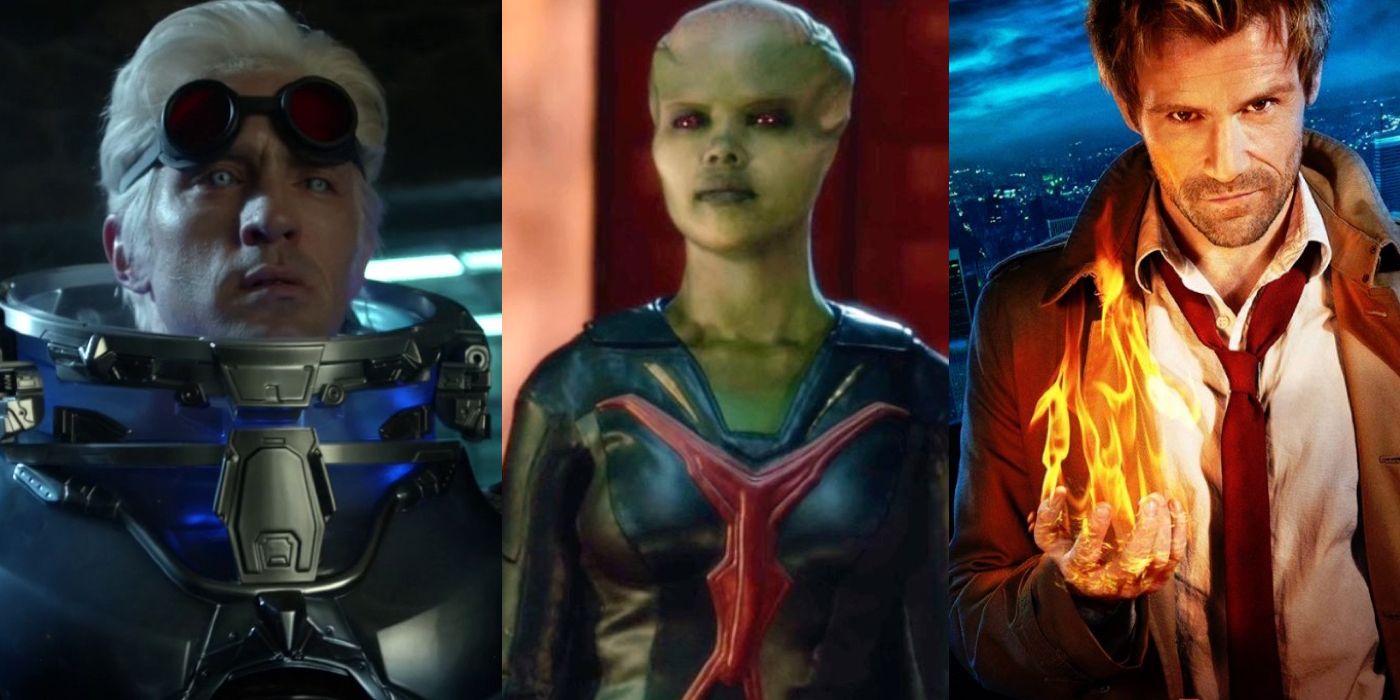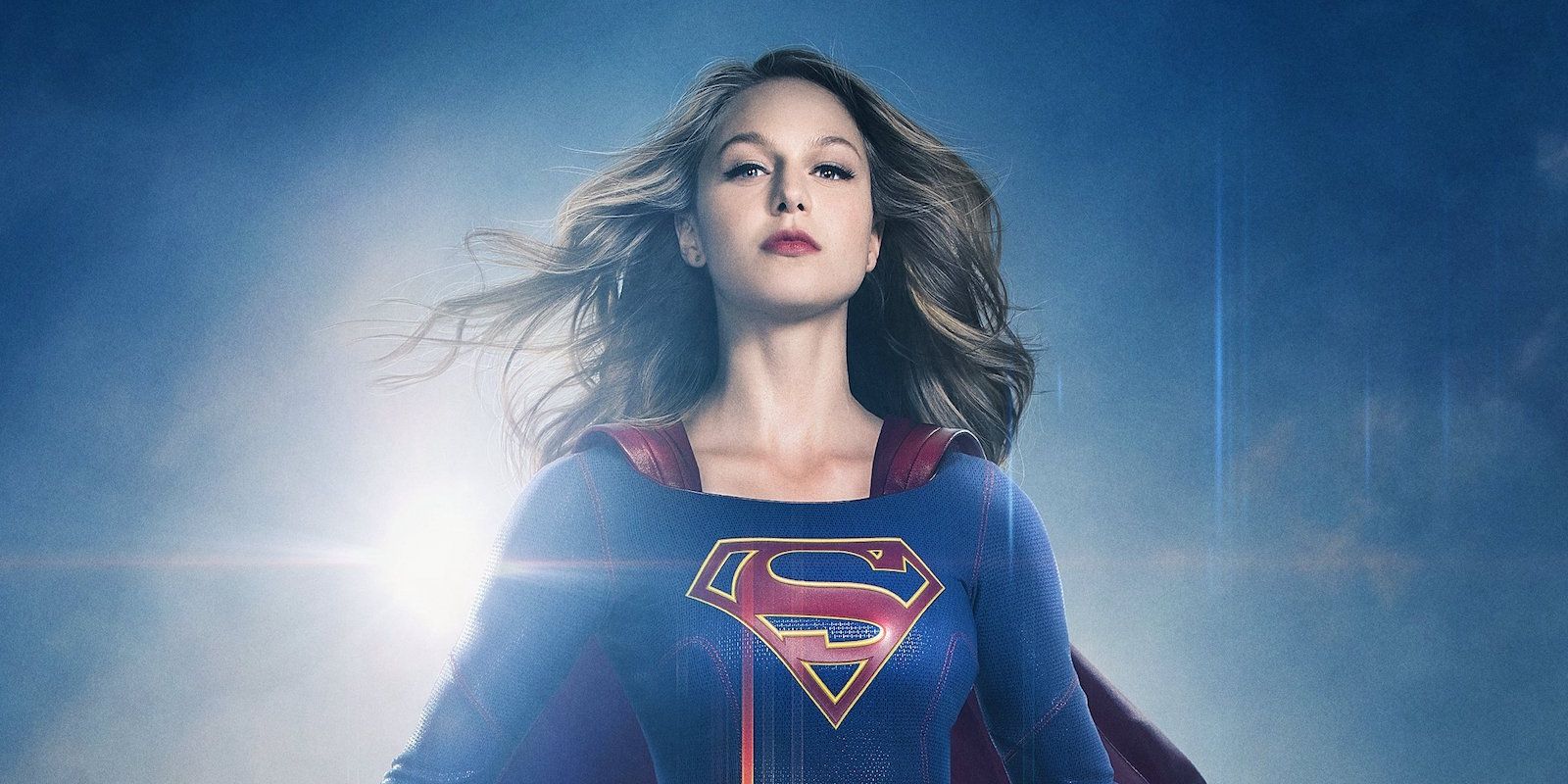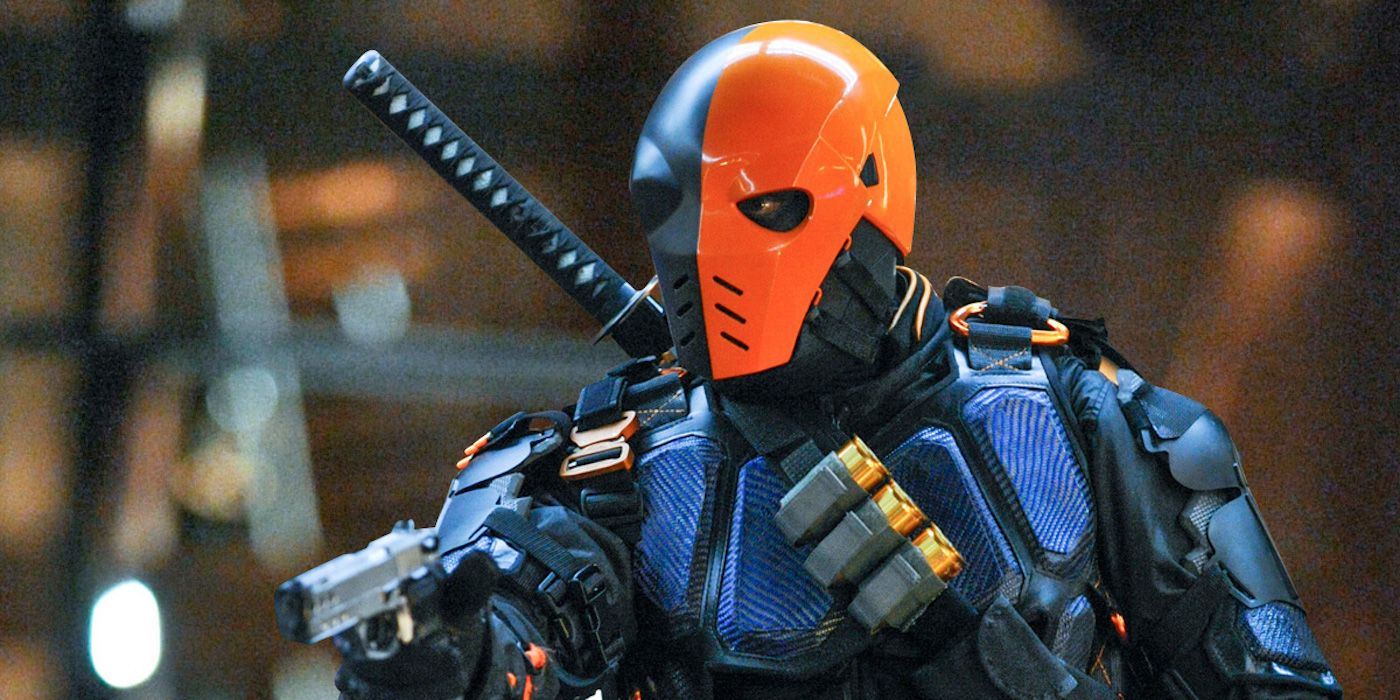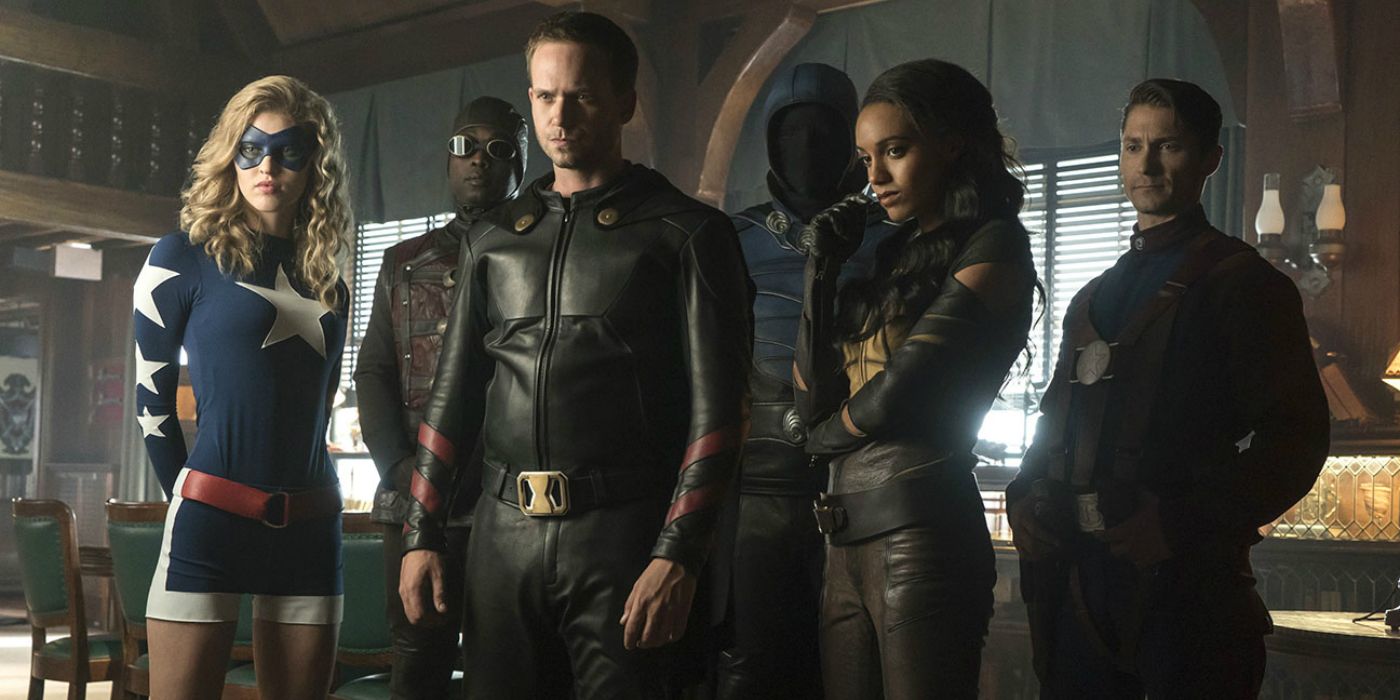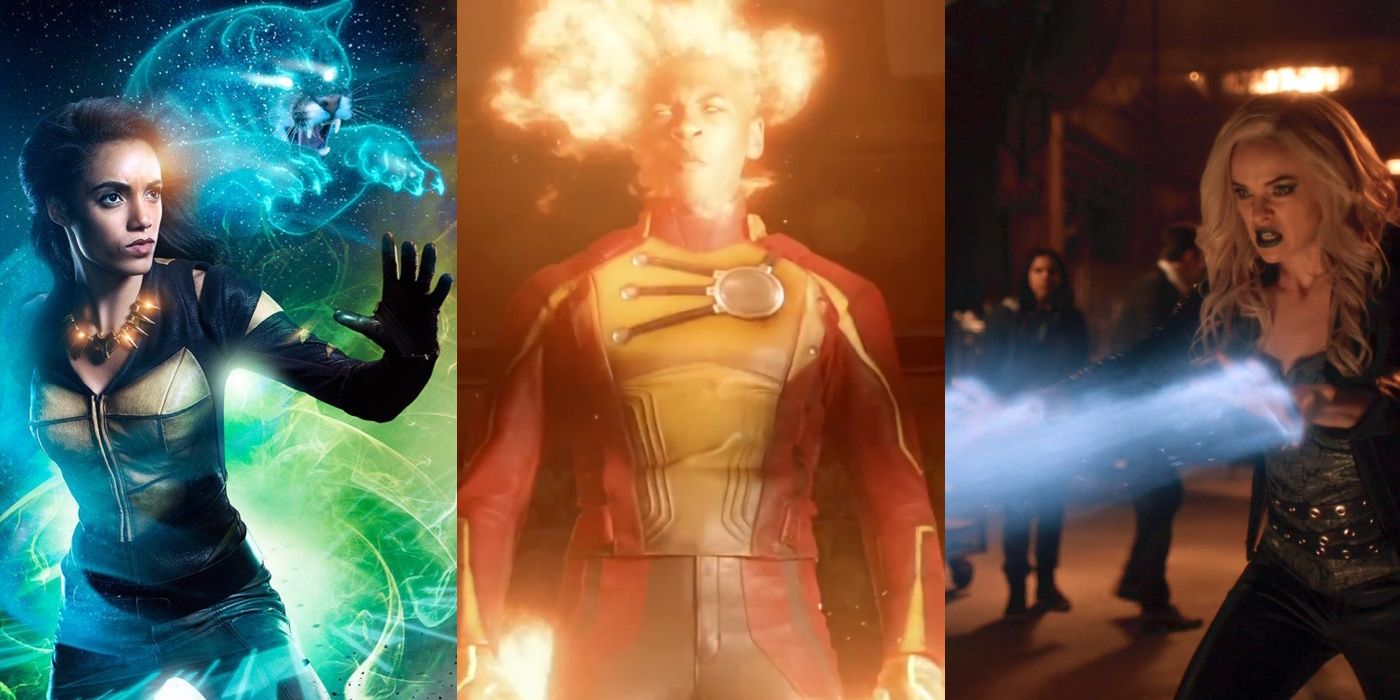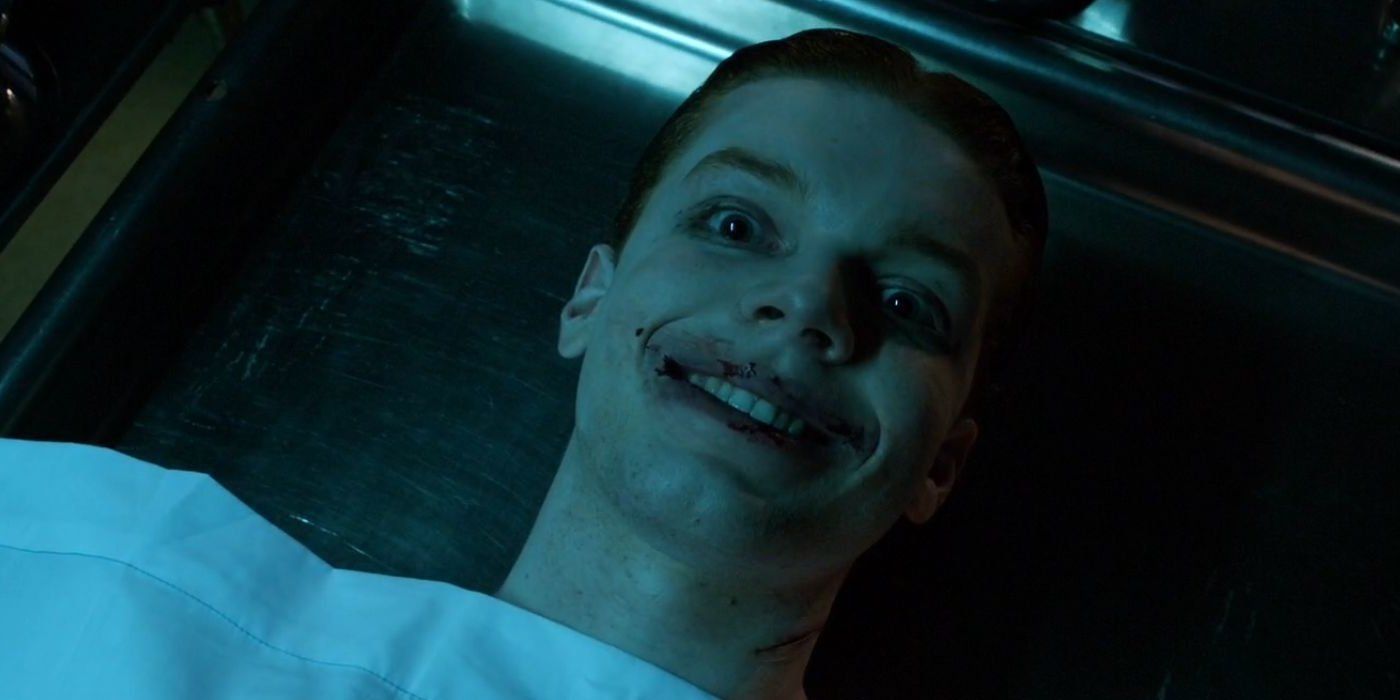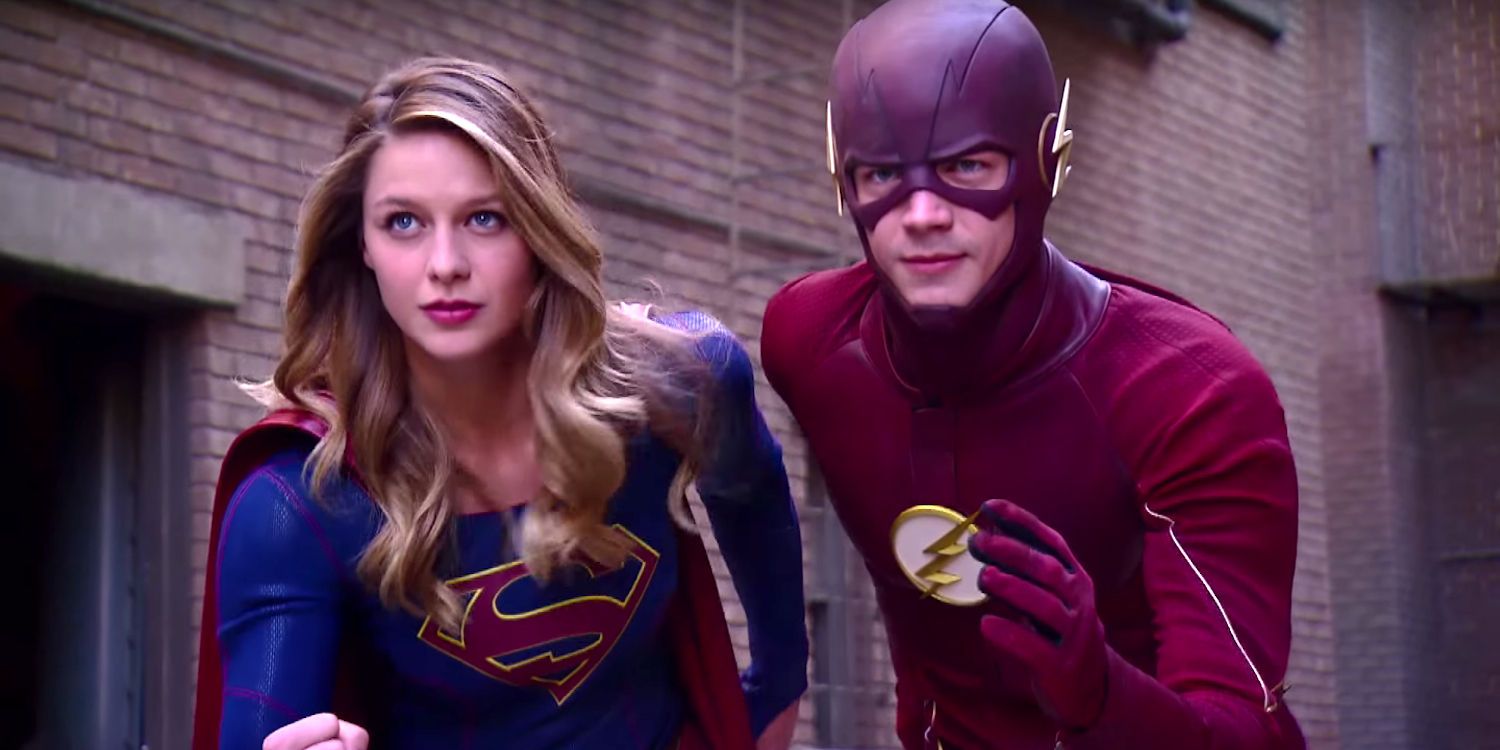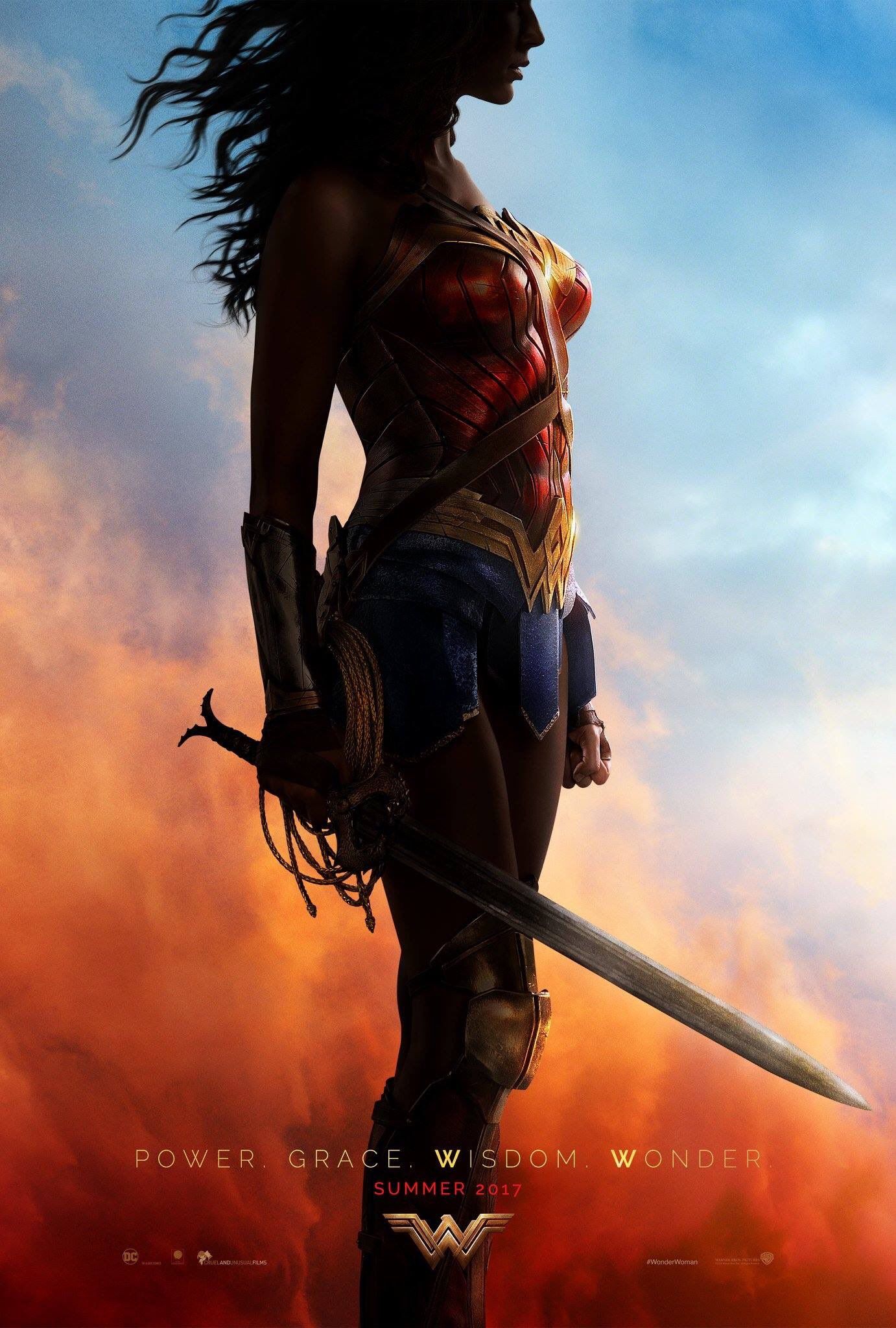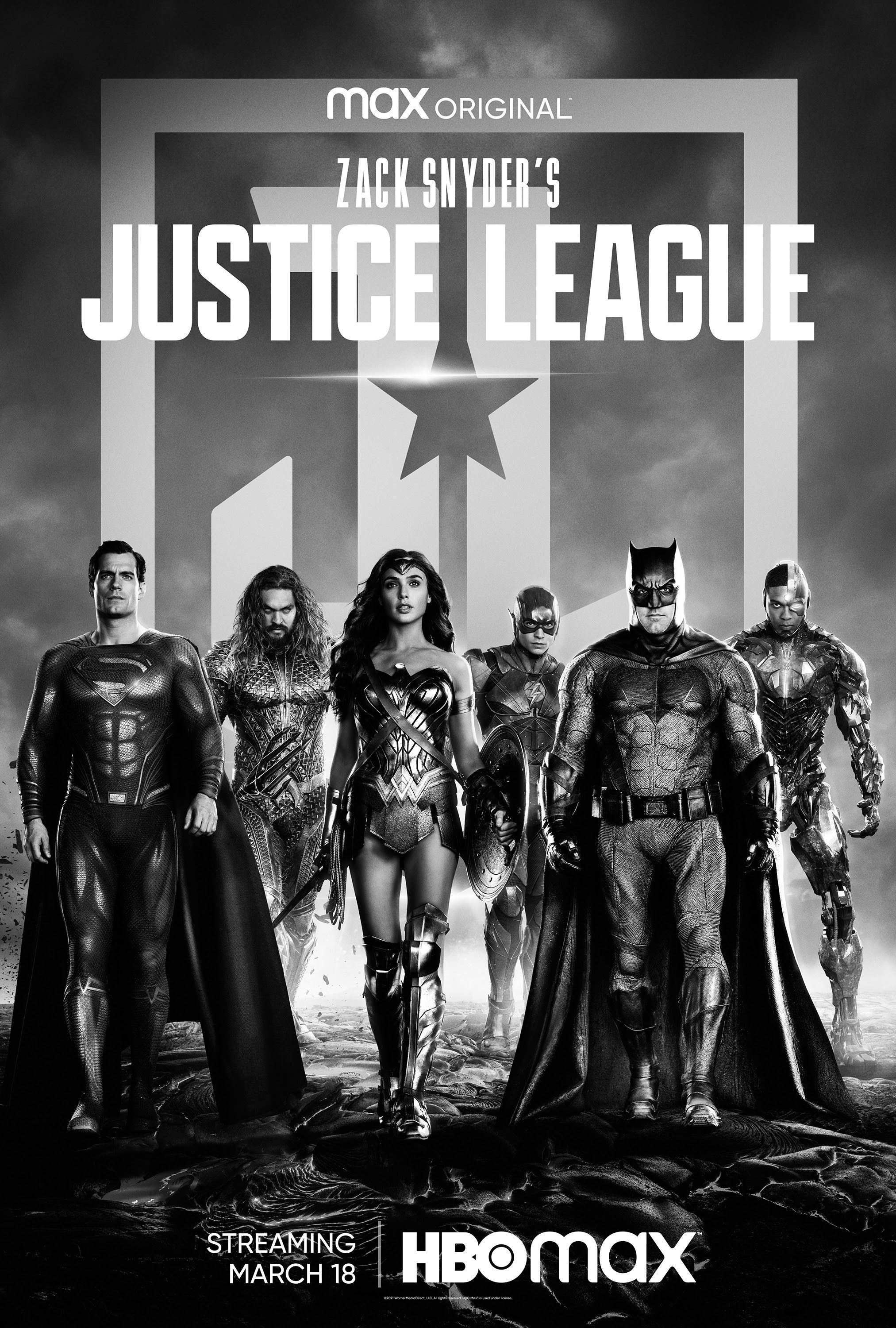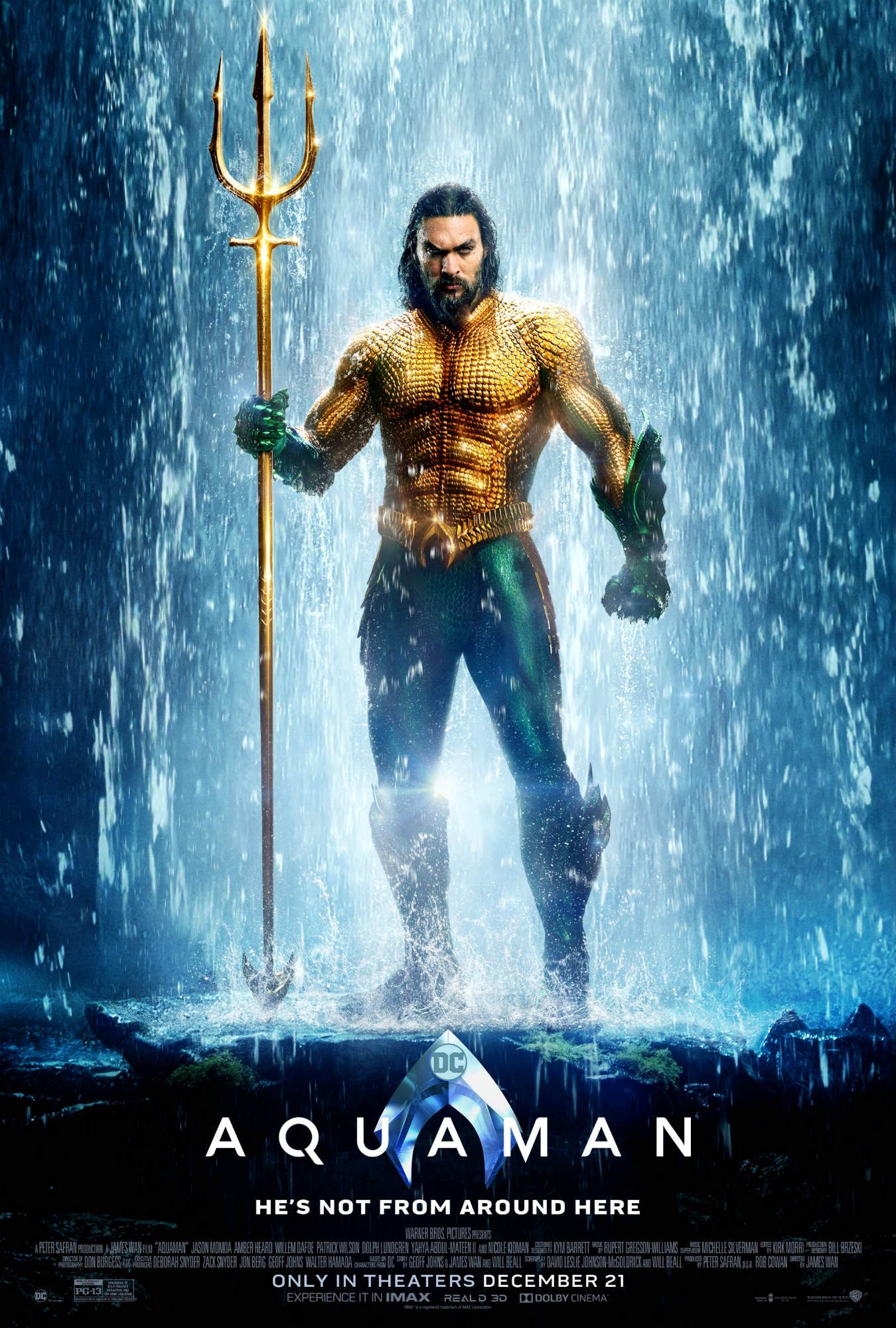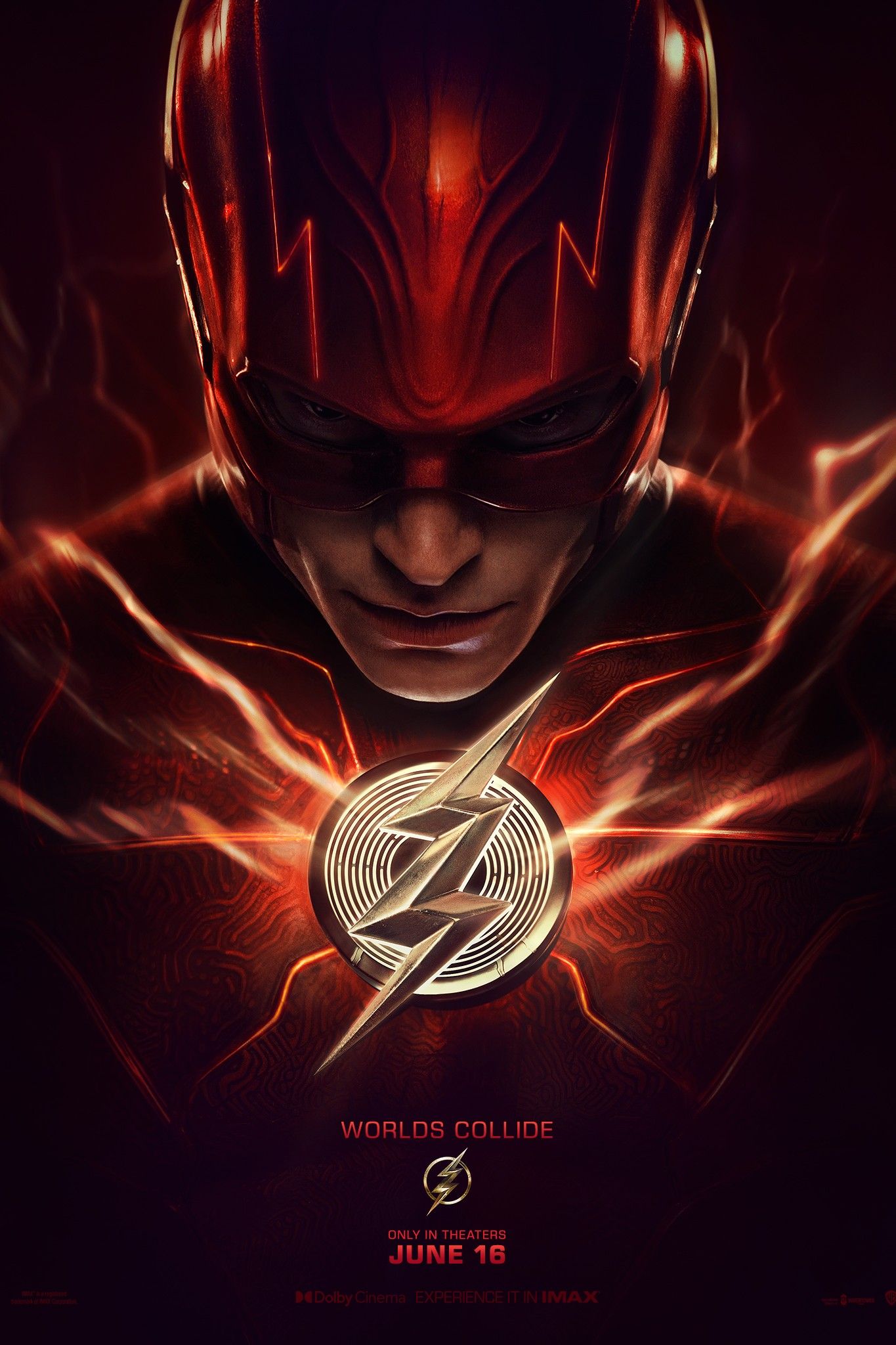The characters of both DC and Marvel aren’t new to the world of blockbuster cinema, but recent years have seen both companies try to build interlocking on-screen continuities that mirror what comics have done for decades. While Marvel has been at it a bit longer, DC is rapidly filling out their own cinematic universe with their biggest heroes and villains. For many fans and critics, however, the results have been less than stellar. The films of the DCEU have varied wildly in tone and reception, unable to escape the shadow of Christopher Nolan’s Dark Knight trilogy.
Luckily, DC broke with Marvel tradition when they decided to keep their film and TV content separate. As DC’s movies struggle to properly adapt their various properties, a slew of television shows have spent years gaining dedicated fanbases, spinning out their own universes, and giving audiences in-depth and true-to-comics portrayals of characters both big and small. We’ve already highlighted how the small screen benefits Marvel, so it’s only right we do the same with the distinguished competition. Here are 15 Reasons DC TV Is Better Than The Movies.
15. A Pitch-Perfect Superman
When word emerged that Nolan would be following up his cinematic reinvigoration of Batman by helping Zack Snyder craft a new Superman film, expectations were high. Some fans, however, were trepidatious that the somber tone of the Dark Knight trilogy wouldn’t offer a true look at the Last Son of Krypton. Man of Steel premiered to a mixed reception, inauspiciously kicking off the DCEU and setting the tone for each film to follow. Gone was much of the hope and heart usually associated with Kal-El, replaced instead with a ponderous look at power and the isolation it brings.
Though some applauded the more nuanced take on Clark Kent and his alter-ego, many fans worried that DC would continue to counter Marvel’s bright and humorous approach with dour character studies climaxing in ludicrously overblown finales. When the CW’s Supergirl announced that it would end season 1’s silly attempts to avoid introducing Kara’s cousin by casting Tyler Hoechlin as the Man of Steel, many were worried. The results, however, have given us the remedy to Snyder’s and Henry Cavill’s take on the superhero.
Hoechlin’s portrayal channels Christopher Reeves’ and Richard Donner’s Superman without being as slavish as Superman Returns. When he's paired with Melissa Benoist’s bubbly Supergirl, the results are full of the modest humor and gee-whiz do-goodery that have long been absent from live-action adaptations of Clark Kent. Let’s just hope Cavill and Snyder are watching.
14. The DC Multiverse
The concept of an endless array of parallel worlds and dimensions is a comic staple now, but DC deserves credit for the modern idea of the genre multiverse. Introduced by Gardner Fox in 1961’s “Flash of Two Worlds” story from The Flash #123, the multiverse provided DC with a way of letting their Golden and Silver Age characters interact and team up for adventures. The entire experiment culminated with 1985’s Crisis on Infinite Earths, where DC pioneered the company-wide reboot and merged a number of their unwieldy properties.
The idea of the multiverse, however, survived, and the publisher continued to play with the concept of doppelgangers in their stories. True to form, the Arrowverse followed suit by using The Flash to tease the idea of a future "crisis" and birthed the DCTV multiverse with the finale of season 1 (appropriately being episode 123). Since then, the show has used the idea of parallel Earths to have all sorts of fun by giving us tweaked versions of our favorite characters and allowing the show’s cast to stretch their acting muscles. The movies will likely introduce this concept at some point (possibly even using it to connect the films with the TV shows), but it’ll be a long time coming. In the meantime, the best multiverse concepts from the comics will continue to find a home on DCTV.
13. Room To Grow
Like with the multiverse, the best ideas from comic books will always fit more naturally in a television show than a movie. There’s only so much story and character that can be crammed into an action film, whereas TV’s serialized nature more closely resembles the episodic issues of comics. Not only does this allow TV to tell longer, more in-depth stories and more naturally crossover their various properties, but it allows the writers and producers to learn what works and what doesn’t.
Instead of learning from the mistakes of Man of Steel, DC doubled-down with Batman v Superman and Suicide Squad. Rather than focusing on the inner turmoil of a solitary protagonist, both subsequent DCEU films packed in as many plots and characters as they could, cranked up the grim-and-gritty dial to 11, and capped off each film with a CGI brawl full of wanton destruction. Worse still, Man of Steel’s controversial climax at least offered story reverberations for the rest of the universe, while its successors’ finales left the status quo virtually intact (give or take a hero's death).
Snyder and Warner Bros. have arguably had plenty of time to learn from the mistakes of their first film, but they’re clearly still experimenting with ideas and themes. TV, meanwhile, can do this week after week, and quickly pivot and rearrange during the season or break to course correct and heed fan’s critiques.
12. A More Nuanced Relationship Between Bruce And Alfred
No matter how frustrating a Batman adaptation is, the relationship between Bruce and Alfred is capable of shining through the murk. Despite Batman v Superman’s many faults, Ben Affleck’s Bruce Wayne and Jeremy Irons’ Alfred Pennyworth made quite an impression. Hopefully, The Batman will give both of them a chance to further explore their dynamic, but they’ve got some catching up to do. Just like his recent film iteration, the TV version of Bruce is surrounded by controversy. Unlike the Arrowverse, Gotham has deeply divided fans with its Rick Grimes-esque take on Jim Gordon and its M.O. of introducing the city's vilest villains without the Dark Knight.
Interestingly though, one of the elements fans were most worried about before the show’s premier has proven to be one of its strongest assets: young Bruce Wayne. Batman Begins gave us a look at the early life of the man who would be Batman, but Gotham gives us a rare glimpse at the years following the death of Bruce’s parents and how his relationship with Alfred shaped him.
David Mazouz and Sean Pertwee both elevate every story they’re in, anchoring even the most dour or outlandish episodes with their honest and vulnerable portrayal of a young child navigating grief and studying the forces that incubate crime, and the caretaker struggling to be both servant and mentor. We’ve been told Batman’s story a hundred times, so DCTV earns major points for doing something truly unique with the character.
11. Green Arrow Is A Major Character
As Marvel fans make do with Jeremy Renner’s ongoing hints and teases that Hawkeye could get more screentime on TV or a solo film, DC archer fans get to see their bow-wielding hero every week. Considering the universe CW has spun out around Arrow, it’s hard to believe the show was ever a risky proposition. While Oliver Queen was never a core Justice League member, he’s usually in the second tier of heroes.
Still, the idea of building a Christopher Nolan-inspired teen drama show around the mouthy rich guy from Smallville was a risky prospect. And having the new series exist in a completely different continuity from any existing DC property and starring a soap opera actor left fans worried and general audiences confused.
After a rocky start, however, the show carved out its own niche on the network and delivered them a hit series. Since then, a number of the show’s supporting characters have been reimagined for the DCEU. And while Flash is big enough to lead a movie and TV show, Green Arrow will likely be relegated to the small screen. Even if the films do introduce their own version of the Emerald Archer, WB probably won’t put him in the spotlight too much in order to avoid comparisons to Marvel’s super-team. The show isn't a perfect adaptation of Queen, but it's the best we'll ever get.
10. Time Travel Plays A Bigger Role
Thanks to Barry Allen’s cameo in Batman v Superman, time travel now exists in the DCEU. Barring the release of the long-gestating Booster Gold/Blue Beetle movie, however, it’ll never factor into the plot of the films as much as it does on TV. Like the multiverse, DC didn’t invent the idea of time travel. Almost since the publisher's inception, though, time travel has played a huge role in a number of stories and characters. Hopefully, we’ll see some of those appear on film someday, but until then, TV’s got it more than covered.
As with many of the Arrowverse’s crazier concepts, time travel first appeared on The Flash. It cropped up before the first season had even ended. The producers for the CW’s superhero universe decided to dive right into the concept by using the idea of moving through time to tease Barry saving his family, introduce the Flash’s rival, Eobard Thawne, and give us a Back to the Future-esque document that shifted as the timeline was altered.
From there, the network went all in and created Legends of Tomorrow, an entire series that dealt with the concept and consequences of messing with time. Both shows and Arrow have all used the concepts to deal with some emotionally weighty ideas, like what happens when you suddenly have a child (or lose one) you didn't know existed. Time travel looks to play a role in the plot of Justice League, but it’s a foundation that entire arcs are built upon for DCTV.
9. The Most Comics-Accurate Flash Suit We’ll Ever See
While Barry Allen and Grant Gustin’s portrayal of him got a dry run on season 2 of Arrow, assuring producers and fans that he could nail the part, the bigger question ahead of The Flash’s premier was how a TV budget was going to make the Scarlet Speedsters iconic and awkward-looking costume look good. When the suit finally debuted, it not only looked fantastic on Gustin and in action, but proved to be one of the most true-to-comics costumes ever made.
While it toned down the bright colors a bit and beefed up the material, the costume remains a piece of incredible design, making John Wesley Shipp’s outfit from the previous The Flash series look ridiculous by comparison. It even retained all the wonky elements, like the little ear lightning bolts. The question soon became, how would the version worn by Ezra Miller in the DCEU differentiate itself without completely ditching the source material. The results are something more akin to armor, drawing inspiration from the Injustice version of Barry Allen’s suit. It’s hardly a terrible-looking costume, but no one can deny that in terms of simulacrum, DCTV wins this fight handily.
8. Felicity And Cisco
Starting life as a one-off character in the first season of Arrow, Felicity Smoak was loosely based on a supporting character from the Firestorm comics. She came to have a life and personality of her own, however, and the producers loved Emily Bett Rickards in the part so much that they started having her pop up more often. It wasn’t long before she formed the third part of the Team Arrow trifecta, helping to add some much needed levity to the dour mood of the series.
When The Flash premiered, they created their own Felicity in the form of Cisco Ramon. While both were wise-cracking, pop-culture-loving, IT experts, the writers did wonders differentiating them so neither felt like a copy. Since then, the multiple inter-show crossovers have given us one of the best things about the Arrowverse: the Felicity/Cisco team-up. Watching the two funny, smart, and awkward nerds bounce off of each other is always a blast. The DCEU has made some attempts at humor, but they've got a long way to go if they want to match the joyous energy of Felicity and Cisco.
7. Smaller Characters Get The Spotlight
Suicide Squad actually made a good effort to pull some lesser-known characters up to the big leagues. Moving forward, it’s likely to be the only franchise that’s able to accomplish this feat as the DCEU works on building up its A-listers for various team-ups and solo films. Because of that, DCTV will continue to have the upperhand when it comes to introducing smaller and more obscure comic book characters.
As DC spreads across networks and media platforms, they’re able to tell stories involving the likes of Vixen, Constantine, Atom, Nyssa Al Ghul, Mr. Freeze, Rip Hunter, Livewire, Damien Darhk, Miss Martian, and Mon-El. Ragman’s a main character on Arrow, for goodness’ sake. Add in all the little one-off side characters and villains-of-the-week, and it’s impossible for the movies to ever compare. The very nature of TV allows for more exploration of smaller characters, which is perfect for comic book fans excited about the possibility of their favorite hero or villain showing up or even featuring prominently in one of the shows.
6. A Strong Focus On Supergirl
Since her introduction in 1959, Supergirl has become one of DC’s most popular heroes. Still, it was a bit surprising when it was announced that she’d be heading up her own series on CBS. While there were no shortage of stories to tell about her and TV desperately needs more female heroes, many thought DC and WB wouldn’t want to dilute their super-brand. After all, they’ve been gunshy for years about properly re-introducing the Man of Steel to the small screen, so the Girl of Steel’s introduction was a bit of a shock. The results, while mixed, have still offered some exciting stories about power, responsibility, and what it means to be a young woman in today’s society.
The show has dealt with sisterhood, adoption, xenophobia, and coming out, all while delivering lots of action and aliens. With Superman’s prominence in the DCEU, it’s unlikely his cousin will ever get more than a cameo. And though the movies have spent some time dealing with the alien nature of Kryptonians and how Terrans react to their presence, Supergirl allows us to delve into these concepts on a weekly basis and in more nuanced ways.
5. Way More Deathstroke
In the past few months, we’ve learned that 2018 will give us a solo Batman movie and that Joe Manganiello will star as the film’s antagonist, Deathstroke. We’ve even seen some test-footage of Manganiello in the costume, which looks to borrow heavily from the one worn by Manu Bennett on Arrow. No matter how big Slade Wilson’s role is in the movie, however, Bennett’s turn as the mercenary for the CW will likely be our most in-depth look at the anti-hero and assassin.
Introduced in 1980 and often a foil for the Teen Titans, Deathstroke helped partially inspire Marvel’s Deadpool. Unlike the manic Merc with a Mouth, though, Slade is cold and calculating. Arrow did a masterful job showing us this by introducing Wilson long before he became a villain. Over the course of two seasons, we saw him grow from Oliver’s gruff mentor to his deadliest foe. Here’s hoping Manganiello’s turn as the rogue doesn’t prevent Bennett from reprising his role, as Green Arrow has yet to face a challenge as formidable as Deathstroke.
4. The Justice Society of America
A proper version of the Justice League may never appear on TV, but the Justice Society of America is unlikely to ever pop up in the DCEU. Just as Smallville was able to plumb the depths of the DC universe and pull in a number of heroes, villains, and teams that may never get their own vehicle, the Arrowverse is able to do the same. Case in point: the Justice Society of America has now appeared in both universes. Their previous appearance constituted a mini-movie by Geoff Johns, but their current iteration is part of a more drawn-out story.
Teased during the final moment of the season 1 finale of Legends of Tomorrow, the Justice Society of America debuted during the show’s second season. While they’ve only had a one-episode spotlight so far, we caught up with member Obsidian decades later, and Vixen has actually joined up with the Legends crew for their adventures. Both of these ideas, and the prominence of the JSA throughout most of DC’s existence, means we’re sure to return to the 1940s-set superheroes. For fans of the Golden Age heroes (and the newer ones retconned onto the team), TV will likely be the only place to ever see them in live action.
3. Lots Of Super Powers
Considering that the DCEU kicked off with the uber-powerful Superman in Man of Steel while the Arrow producers swore up and down that powers and magic wouldn’t have a place in their world, it’s somewhat ironic that DCTV is now the place to see superpowers on the small screen. Though Gotham has skirted around the idea until recently, the CW shows have fully embraced the idea of metahumans and enhanced individuals. The DCEU has its share of superpowered character, of course, like Wonder Woman, Flash, Aquaman, and Diablo. A number of the other League and Squad members, however, are just regular people with special skills or tech.
Over on the CW, meanwhile, Oliver and a handful of his team are just about the only characters without powers. Even regular folks like Cisco and Caitlin Snow have now gained their comics-appropriate abilities, leaving Oliver and company the last bastion of normalcy (give or take a Ragman). And considering the proclamations by the people behind Arrow all those years ago, the series hasn’t shied away from pitting Oliver against a number of superpowered villains. The DCEU is likely to start catching up on this front, but we’ve also probably seen all the superpowers we’re going to get for the next few years. Gotham and the Arrowverse, meanwhile, have taken their change of heart on superpowers and run with it.
2. Birth Of A Clown
Unlike the universal approval of Heath Ledger’s take on Joker, Jared Leto’s turn as the Clown Prince of Crime for Suicide Squad has deeply divided fans. Some admire the radical take on the popular sociopath, while others find him to be an uncomfortable cross between a Juggalo and a Hot Topic employee. We’ve only had a glimpse of him in the DCEU at this point, so time will tell how Leto’s performance stacks up to Ledger, Hamill, and Nicholson. Surprising many, however, is Gotham’s dark horse, Jerome.
The producers of Gotham have been infuriating when it comes to dancing around the idea of whether Jerome, played fantastically by Cameron Monaghan, is actually the show’s version of the Joker. At this point, however, most fans have just taken it to be a fact. While Gotham has certainly mishandled a number of DC characters, their rewrite of the Joker’s origin has become on of their smartest decisions. Thanks to Monaghan’s electric performance, Jerome is able to channel the best of all the iterations that have come before him. Despite dying last season, the rogue looks to be returning soon and bearing some very familiar scars. Though it’ll likely be a long time before we get the full story, the slow birth of one of DC’s most iconic villains has been an unexpected delight as we’re given rare insight into the early years of Batman’s greatest foe.
1. DCTV Knows How To Have Fun
The biggest point of contention between Marvel and DC movie fans is that the former is too light-hearted while the latter is too grim. While strong cases can be made for both, there’s no doubt that the TV arms of the two comic book companies have mastered the balance between those two extremes better than their big screen counterparts.
For DC’s part, the darkness of their films is certainly understandable given the weighty themes of power, isolation, and fascism, Sadly, without a full spectrum of human emotions to ground those moments, these ideas get lost in the shuffle. Suicide Squad looked to remedy this by following Guardians of the Galaxy’s lead, but the final result failed to offer any jokes or moments of levity that weren’t given away in the movie’s marketing.
DCTV, meanwhile, suffered a similar problem in the early years of Arrow (and still does with Gotham), but it’s taken great strides to brighten things up with The Flash and Supergirl. Those shows not only offer humor, but also ideas about hope that have long been a part of the stories told in DC Comics. Snyder and WB seem to have mistaken Nolan’s somber ruminations on vigilantism for the idea that muted color palettes and morose dialogue are the keys to successful superhero films. Luckily, the Arrowverse proves that you can have emotionally weighty stories about loss and death, while still making sure the audience enjoys themselves each week.
---
What are your favorite things about DCTV? What do you prefer about the movies? Let us know in the comments.
The Invasion! crossover will re-air on The CW Jan. 9-12, all in the 8 p.m. EST time slot. Supergirl returns Monday, Jan. 23 at 8 p.m. EST. The Flash returns Tuesday the 24th at 8. pm., followed by Legends of Tomorrow (in a new time slot) at 9 p.m. Arrow returns Wednesday the 25th at 8 p.m.

